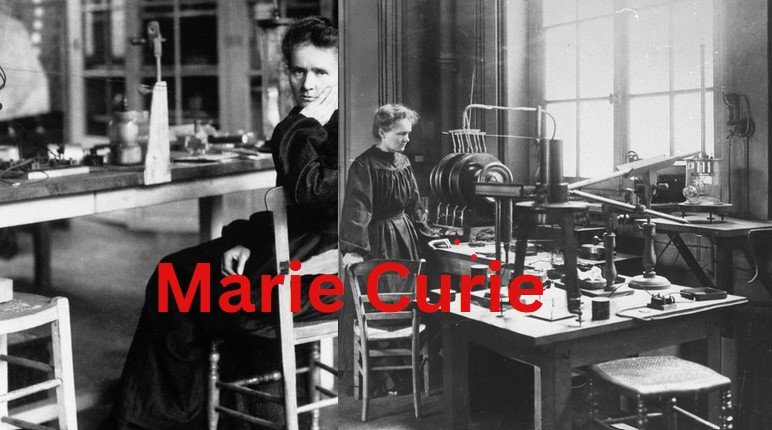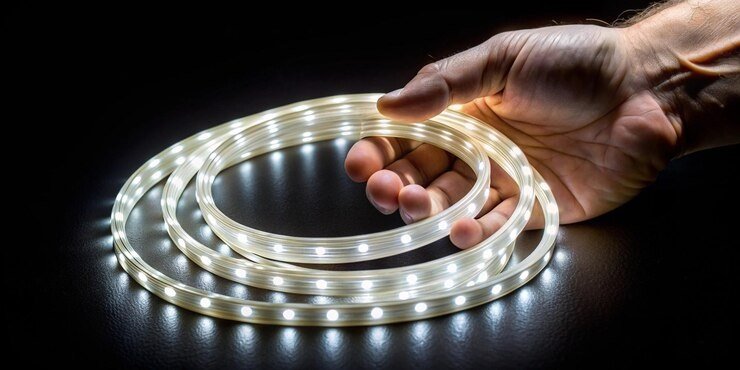Marie Curie (born 7 November 1867 – died 4 July 1934) was a Polish and French-born scientist. She is known for groundbreaking research on radioactivity and won two Nobel Prizes. Marie Curie started her science education at the secret Flying University of Warsaw. Later she went to study in Paris and completed her education and started her research career.
Early Years
Marie Curie was the daughter of high school teachers and was born in Warsaw. She attended neighborhood schools for her general education. She joined a student revolutionary group and left Warsaw, which was then in the Russian-dominated region of Poland. First she went to Cracow, and later moved to Paris in 1891. She went to the Sorbonne, where she graduated in mathematics and physics.
Discovery of Radioactivity
Marie Curie is famous for her discovery of radioactivity. When she started her research career, Henri Becquerel had proven that the rays released by uranium had a strength similar to X-rays. He proved that this radiation appeared to originate spontaneously from the uranium itself. It was also not dependent on any other energy source. These two significant findings had an impact on Curie. She decided to investigate uranium radiation as a potential thesis topic. For her research she looked into samples using a novel method. Pierre Curie had created an electrometer, a sensitive instrument for determining electric charge. She found that the air surrounding a sample conducts electricity. This happens when it gets exposed to uranium radiation by using this electrometer.
Her initial discovery using this method was that the amount of uranium was the single factor influencing the activity. She concluded that the radiation had to originate from the atom itself. Which meant it was not the result of a chemical interaction. The idea that atoms were indivisible got refuted by this theory. Pitchblende and torbernite are two elements that were the subject of Curie’s investigations. Pitchblende was four times more active than uranium itself. Torbernite was twice as active as uranium. She reasoned, these two minerals had to have trace amounts of another material. This material must be more active than uranium.
By 1898, she started searching for materials that had a similar effect. She found that thorium was one of them. Curie and her husband announced the discovery of an element in 1898, naming it “polonium”. A second element, “radium,” got found in 1898. They also created the term “radioactivity” during this research.
Nobel Prizes
Marie Curie received many awards in her lifetime because of the significance of her contributions. She had several honorary degrees in science, and medicine. She also received honorary memberships in academic groups. Her first Physics Nobel Prize was awarded in 1903. Marie Curie received this with her husband. It was in recognition of their research into radiation found by Becquerel. The second Nobel Prize came in 1911. This time it was in Chemistry, for her contributions to radioactivity research. In 1903, she was also awarded the Davy Medal by the Royal Society.

Contribution in World War I
Curie realized during World War I that it was necessary to operate on injured troops quickly. She realized the need for field radiological centers close to the front lines. This was to support combat surgeons. It was necessary to prevent amputations. She did a brief study of anatomy, radiology, and automobile mechanics. After that she acquired supplemental generators, and X-ray equipment. Around 1915, Curie invented a moving X-ray machine. She also created mobile radiography units. These were later known as petites Curies. In late 1914, she established France’s first military radiology center. She took over as director of the Red Cross Radiology Service. In the first year of the war, Curie oversaw the installation of two hundred radiological units. She also helped establish twenty mobile radiological vehicles at field hospitals.
Death
When Marie Curie did her research, the harmful effects of radioactivity were not yet known. She did it without the safety precautions that we follow today. She had test tubes carrying radioactive isotopes in her pocket. She also kept them in her desk drawer. When she worked as a radiologist, she was exposed to X-rays from unshielded equipment. At the age of sixty-six, she died in the Sancellemoz sanatorium in Passy on July 4, 1934, from aplastic anemia.










